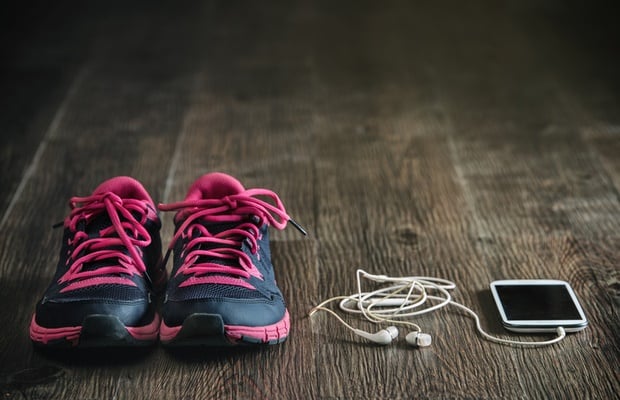Our belly buttons serve as a reminder of how life started in our mother’s womb.
The umbilical cord attached to our belly button and delivered nutrients and oxygen to us until we made the journey out the birth canal.
But for some people, belly buttons can cause paralysing, irrational fear – much like someone with arachnophobia feels when they see a spider.
What is a phobia?
Phobias are an irrational fear of something – heights, spiders, tight spaces, patterns, or belly buttons. Although you know your fear is irrational, you still feel panicked or anxious when faced with (or even just thinking about) the thing you’re scared of.
Scientists still haven’t figured out why some people have phobias or what parts of the brain are responsible for the reaction.
However, they believe phobias are caused by a combination of biological factors and life events – similar to the way in which other disorders (for example, diabetes or heart disease) can be influenced by your genes and lifestyle.

People are freaking out over belly buttons
For Lauren Jones, a 26-year-old woman from Birmingham in the UK, belly buttons make her physically sick – seeing one can trigger a panic attack.
“I know it is irrational but I cannot touch them or have mine touched. I get really freaked out and it makes me feel so uncomfortable. If someone touches mine, it feels like they are touching my insides and I can feel it all through me,” she told the Daily Mail.
“I haven’t liked them for as long as I can remember. As a child someone told me to touch their belly button and then smell my finger. I just remember this overpowering smell of belly button and that’s where it all started, but day-to-day I never had to cope with it.”
TV personality Khloe Kardashian also hates belly buttons. She tweeted:
I have such a phobia of belly buttons! Im so grossed out to touch my own. Yuck I just hate them. I have to scream every time I clean my bb
— Khloé (@khloekardashian) December 15, 2015
Varying degrees of fear
Omphalophobia exists in three categories.
A person who suffers from the mildest form of omphalophobia is scared of touching their belly button. They also don’t want anyone else to touch it – and they won’t touch another person’s belly button. They can, however, look at belly buttons or watch someone touching their own.
The second category is more severe – seeing someone touch their belly button or the sight of a belly button gives you the creeps and make you feel anxious.
The third category is the worst – just looking at a belly button (whether it’s your own or someone else’s) will make you feel anxious and terrified.
Treating phobias
If you’re able to avoid the thing you fear, you may not need treatment. However, if you have a phobia that causes debilitating fear and affects your life, you need to see a medical expert who can help you manage it.
Treatment usually includes cognitive behavioural techniques, where you are slowly exposed to the object that terrifies you until your fear begins to disappear.
Relaxation and breathing exercises can also help reduce symptoms of anxiety. Sometimes medication is prescribed to help treat anxiety.
If you know that someone has a phobia of belly buttons (or any phobia for that matter), don’t tease them by showing them your belly button. Although phobias are irrational, they are quite real and very terrifying to the person who experiences them.
Image credits: iStock
NEXT ON HEALTH24X














